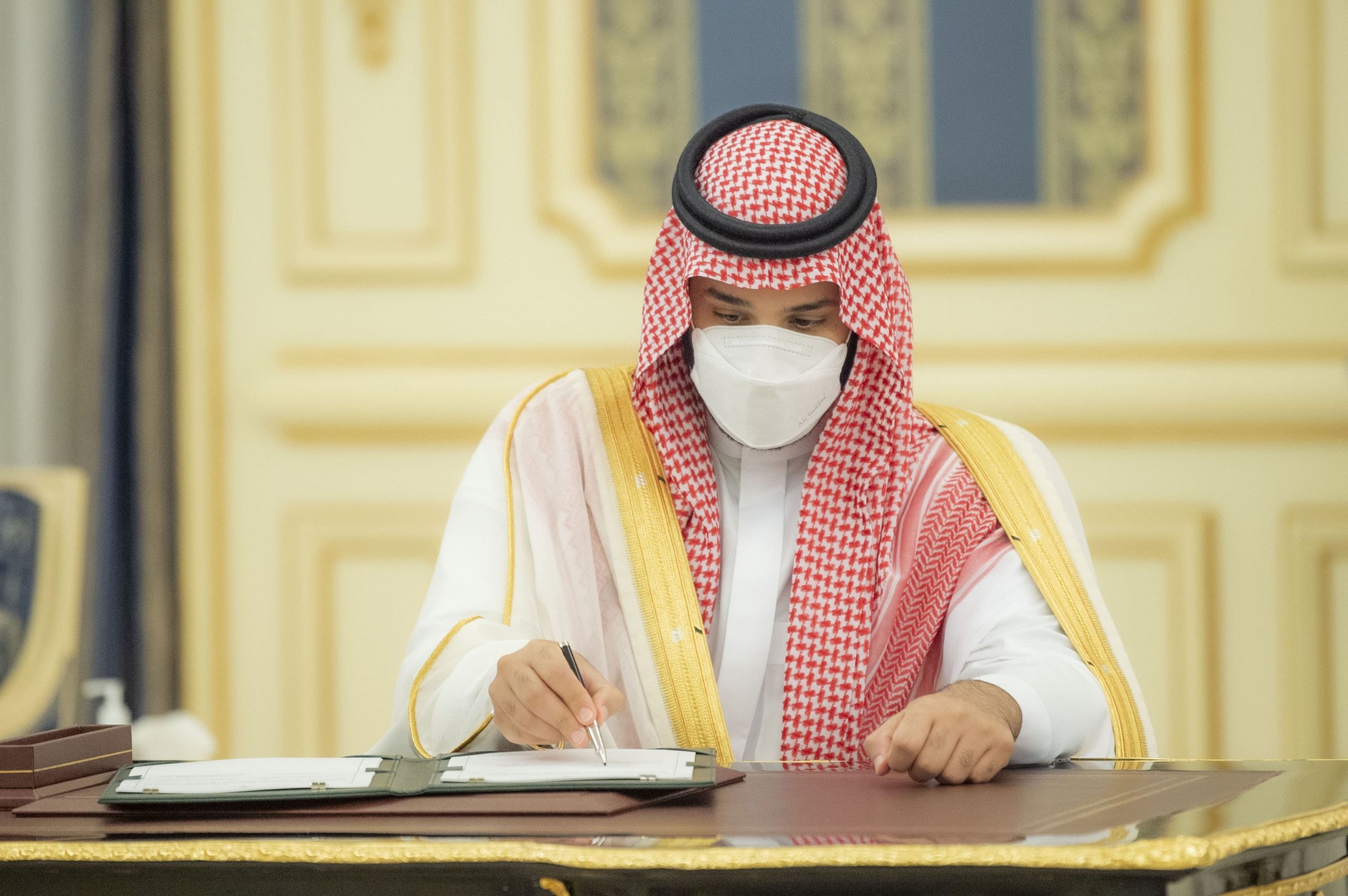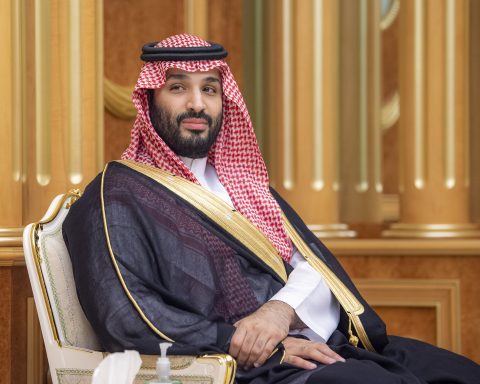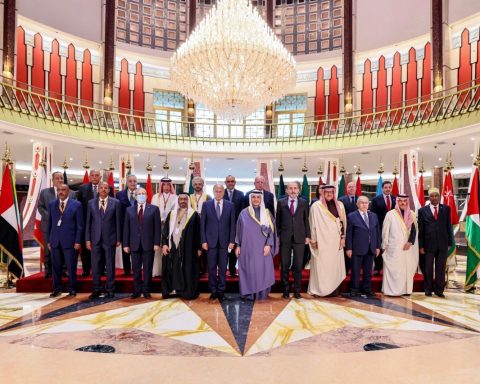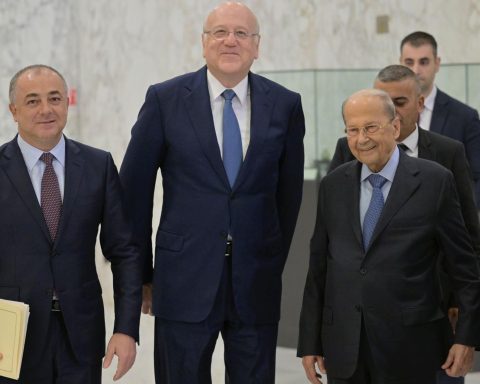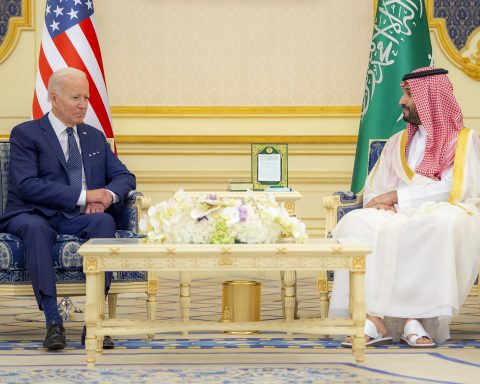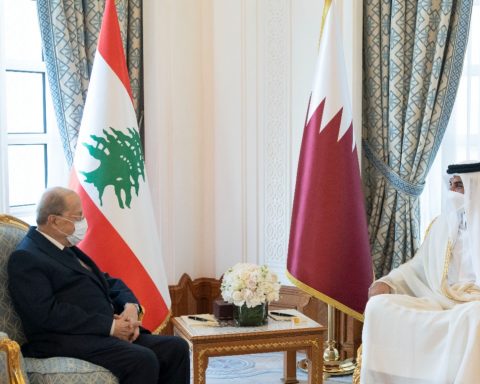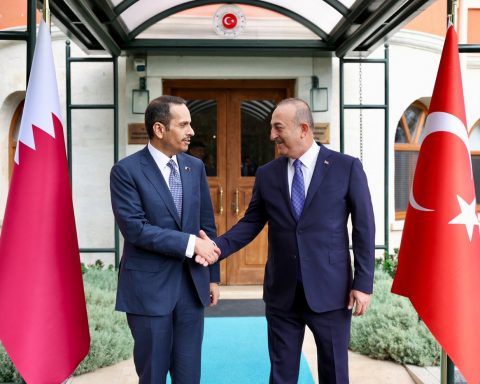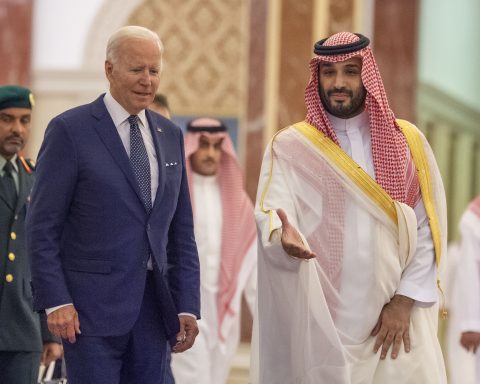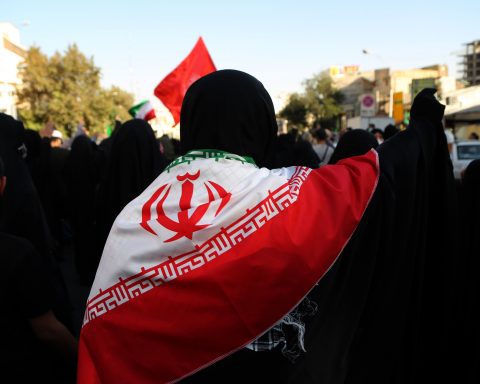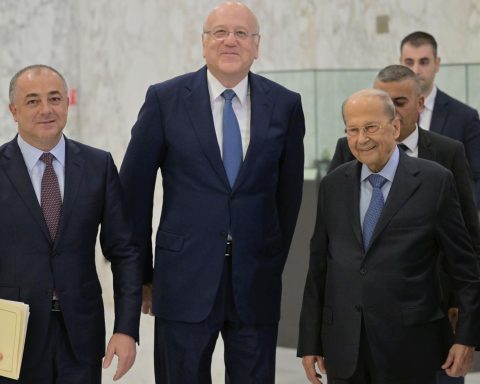The plan, which Saudi Crown Prince Mohammad bin Selman announced, to launch a new airline carrier looks to fuel regional competition among the Kingdom and its Gulf neighbors in the economy, analysts say.
Last Tuesday, Saudi Crown Prince Mohammed bin Salman announced that a new national airline is planned to be launch as part of the national strategy in turning Saudi Arabia into a global logistic hub. The move came as part of the ongoing efforts in diversifying the Kingdom’s economy from oil. The planned airline carrier would make Saudi Arabia the fifth largest air transit hub.
According to the news published by the state news agency, SPA, the launching of an additional airline carrier is expected to increase the number of international destinations from Saudi Arabia by more than 250, and the air cargo capacity is though to increase to more than 4.5 million tonnes. In this way, the contribution of the transport and logistic sectors in the Kingdom’s gross domestic product (GDP) is planned to be increased from 6% to 10%.
Some analysts say that establishing such an airline marks a shift for Saudi Arabia, which already possesses the state-owned Saudia airline, which is considered one of the smallest airline networks in the region, and its low-cost subsidiary flyadeal.
The move was also evaluated as part of the plan in which Saudi Arabia starts to compete, particularly with the UAE, to become the region’s business, trade, and tourism hub. In this sense, the Kingdom announced that it would stop giving contracts, beginning from 2024, to firms that do not establish regional headquarters in the country.
Speaking to Reuters, Robert Mogielnicki said, “Commercial competition in the aviation industry has always been fierce, and regional competition is heating up. Some turbulence in regional relations is on the horizon.”
As part of enthusiastic efforts to diversify the Saudi economy from oil, the Saudi Crown Prince is attempting to draw foreign capital to create new industries and boost the current ones, including tourism. In the tourism sector, the overall number of visitors to the country is aimed to be increased to 100 million by 2030, from 40 million recorded in 2019.
Regarding Saudi Arabia’s capacity on this issue, Brendan Sobie, an aviation consultant, said, “Saudi Arabia has the ability to push forward with its aviation and tourism strategy when others will be retreating and retracting,” referring to the COVID-19 pandemic’s effect on the aviation industry.
“It is a risky strategy, but also sensible given its position and overall diversification objective,” he added.
It is expected that the relapse of long-distance flights, mostly operated by Emirates and Qatar Airways, requires more time, given the current situation in global aviation.
On the other hand, given the fact that the launching of a new airline requires substantial start-up capital, experts warn that Saudi Arabia may have to struggle with years of losses if the Kingdom is eager to compete in terms of transit flights.
Last month, Emirates announced a record $5.5 billion annual loss. Dubai had to give state support to the company with $3.1 billion. Similarly, Etihad Airways had to scale back its operations.
Although the details regarding the establishment of the new Saudi airline have not been made public yet, people who are familiar with the issue said that Riyadh could be the base for the new airline, and the country’s sovereign wealth fund, the PIF, would support its establishment.

